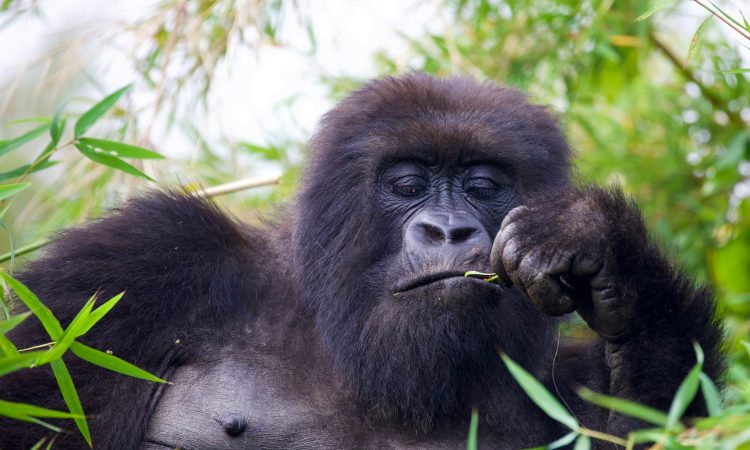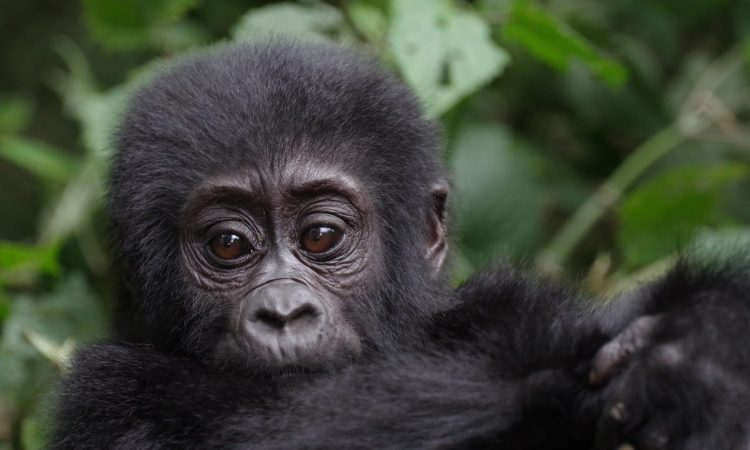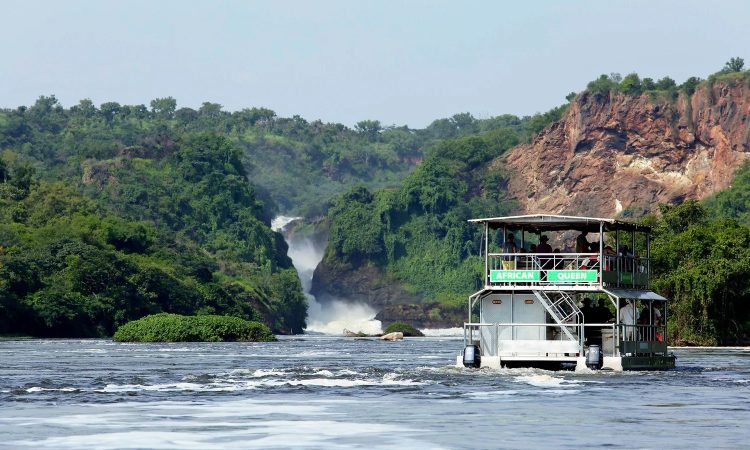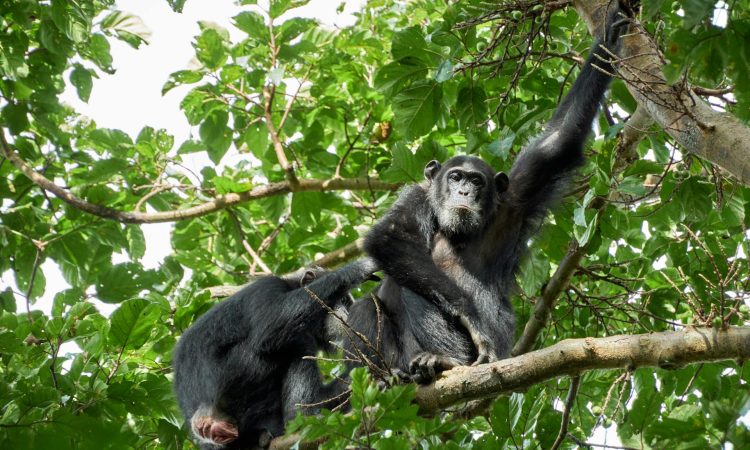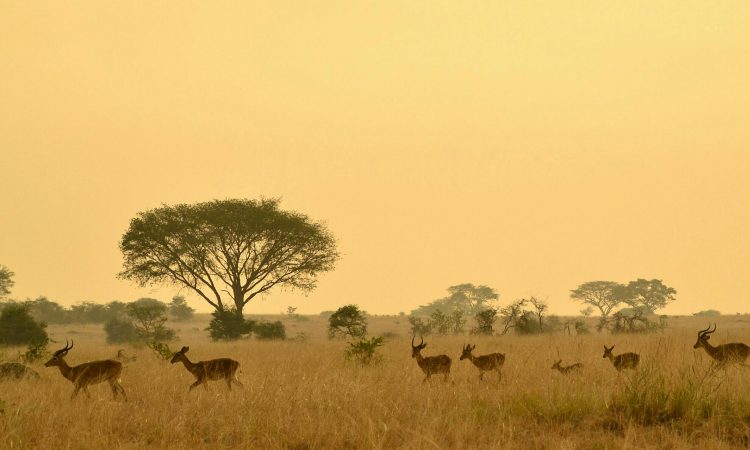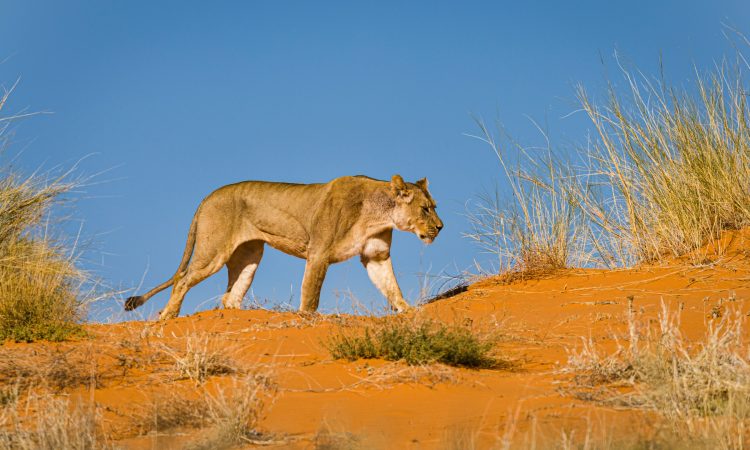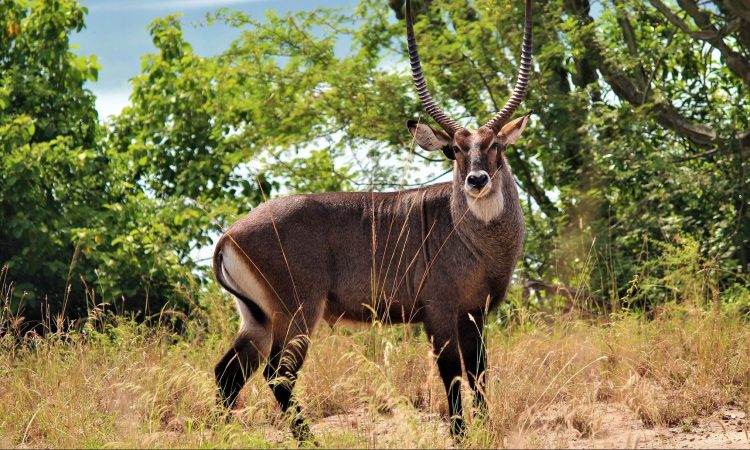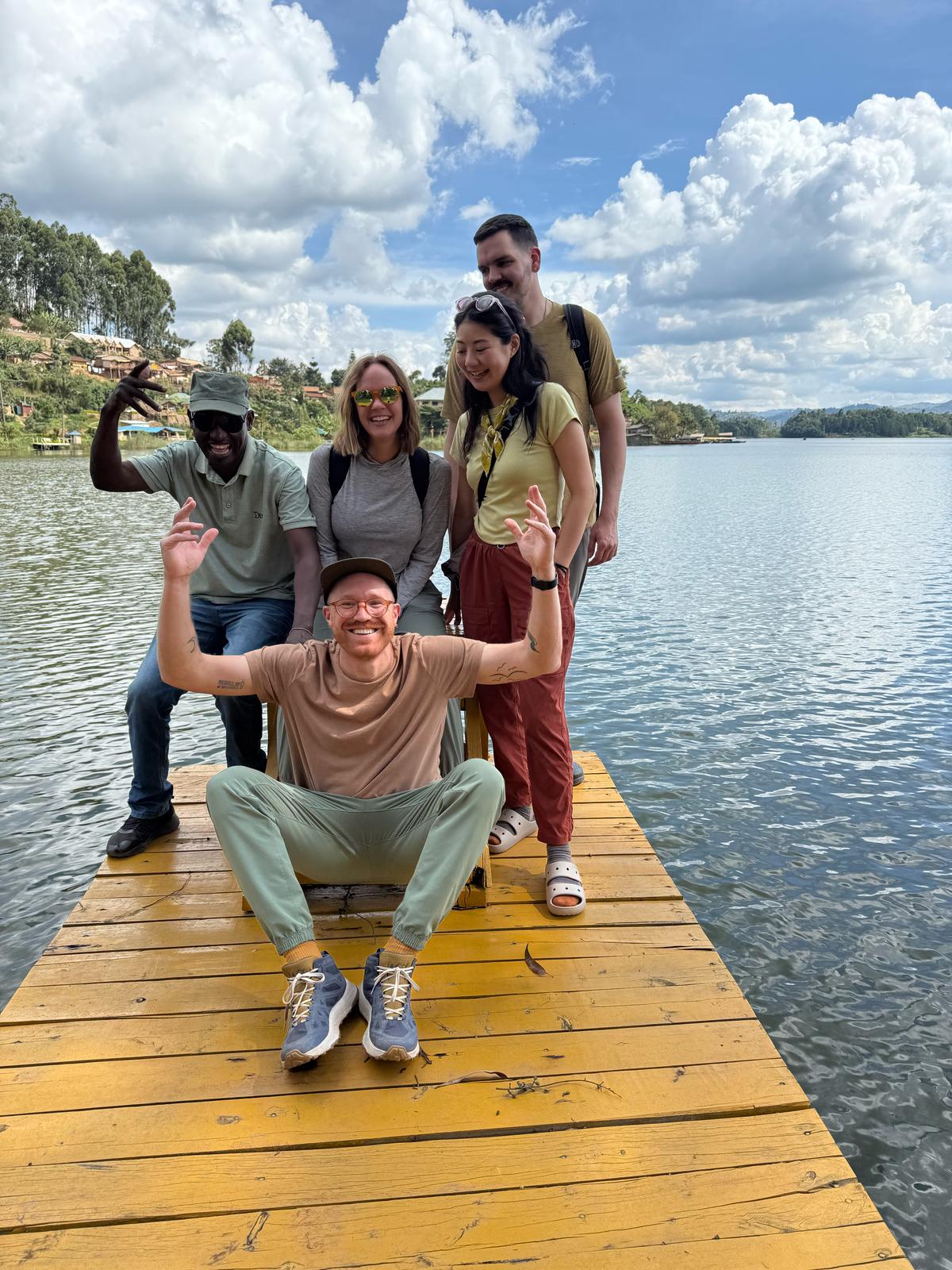Searching for information about mountain gorilla habitats? Mountain gorillas live in the subtropical and tropical rainforests of East and Central Africa, mainly in Rwanda, the Democratic Republic of Congo, and Uganda.
The biggest threats to mountain gorillas are habitat loss and poaching by humans for different reasons.
These gorillas live on the volcanic slopes of the Virunga Massif, which includes Volcanoes National Park in Rwanda, Virunga National Park in Congo, and Bwindi Impenetrable National Park in Uganda and Mgahinga National Park in Uganda.
They live in high areas between 8,000 and 13,000 feet above sea level.
Mountain gorillas have longer and thicker fur than other great apes. This helps them stay warm in cold areas where temperatures can fall to freezing levels.
They eat shoots, bark, leaves, fruits, stems, and pith found on the slopes of the volcanoes where they live.
Mountain gorillas cannot live long in zoos. They need their natural environment, such as tropical and dense forests. Rain-forests have different layers: the emergent layer, canopy layer, understory layer, and forest floor.
Mountain gorillas live on the forest floor, but all the layers are important for life in the forest.
Their habitat is under threat from human activities like settlement, mining, deforestation, bush burning, land clearing for farming, and building industries.
As humans move into gorilla territory, the gorillas are forced to live at higher altitudes. These places are colder and less comfortable, and the gorillas often get sick with diseases like pneumonia.
Mountain gorillas build nests on the ground every day using branches and leaves. Young gorillas share a nest with their mothers until they are about 4 years old. After that, they make their own nests but still sleep close to their mothers.
Sometimes they share nests again, especially when it rains. They may also make nests during the day to rest.
You can go gorilla trekking in Bwindi and Mgahinga National Parks in Uganda, Volcanoes National Park in Rwanda, and Virunga National Park in Congo.
You need to book your gorilla permit at least three months before your planned trekking date. This helps avoid missing out, as permits may not be available when you arrive.
Permit prices vary depending on the country. Rwanda charges $1,500 per person, Uganda charges $800, and Congo charges $400 per person.
All these parks have a similar climate. The best times to visit are from June to September and from December to February.

